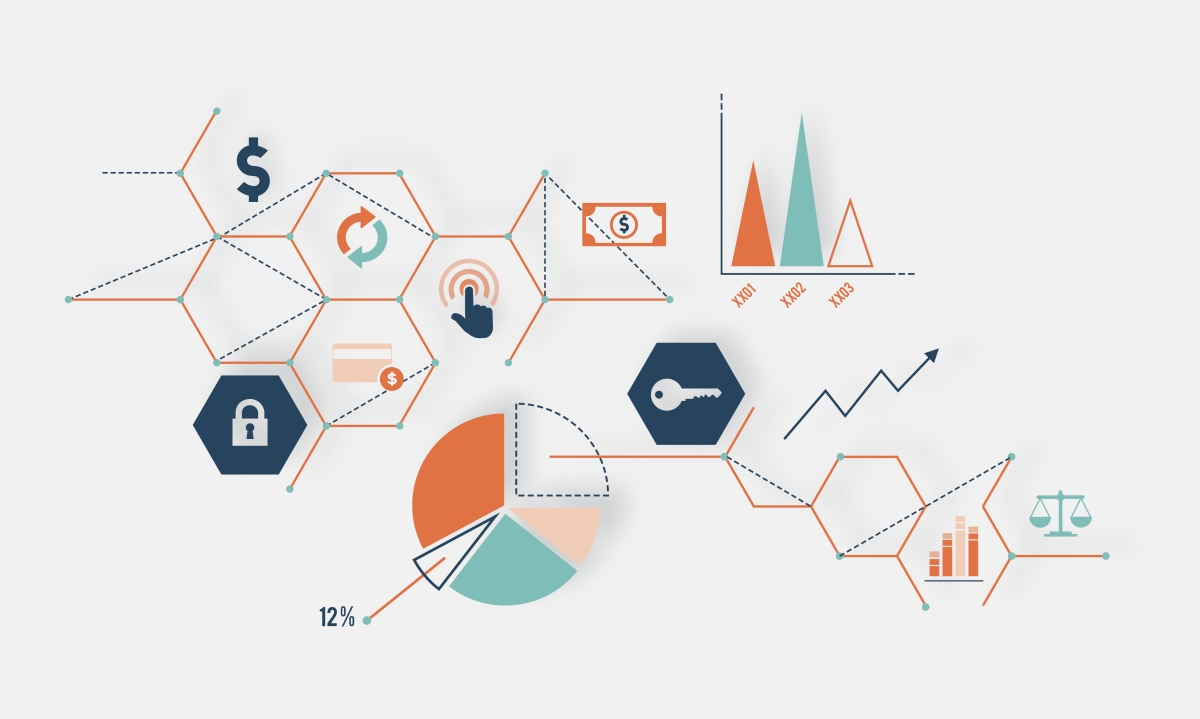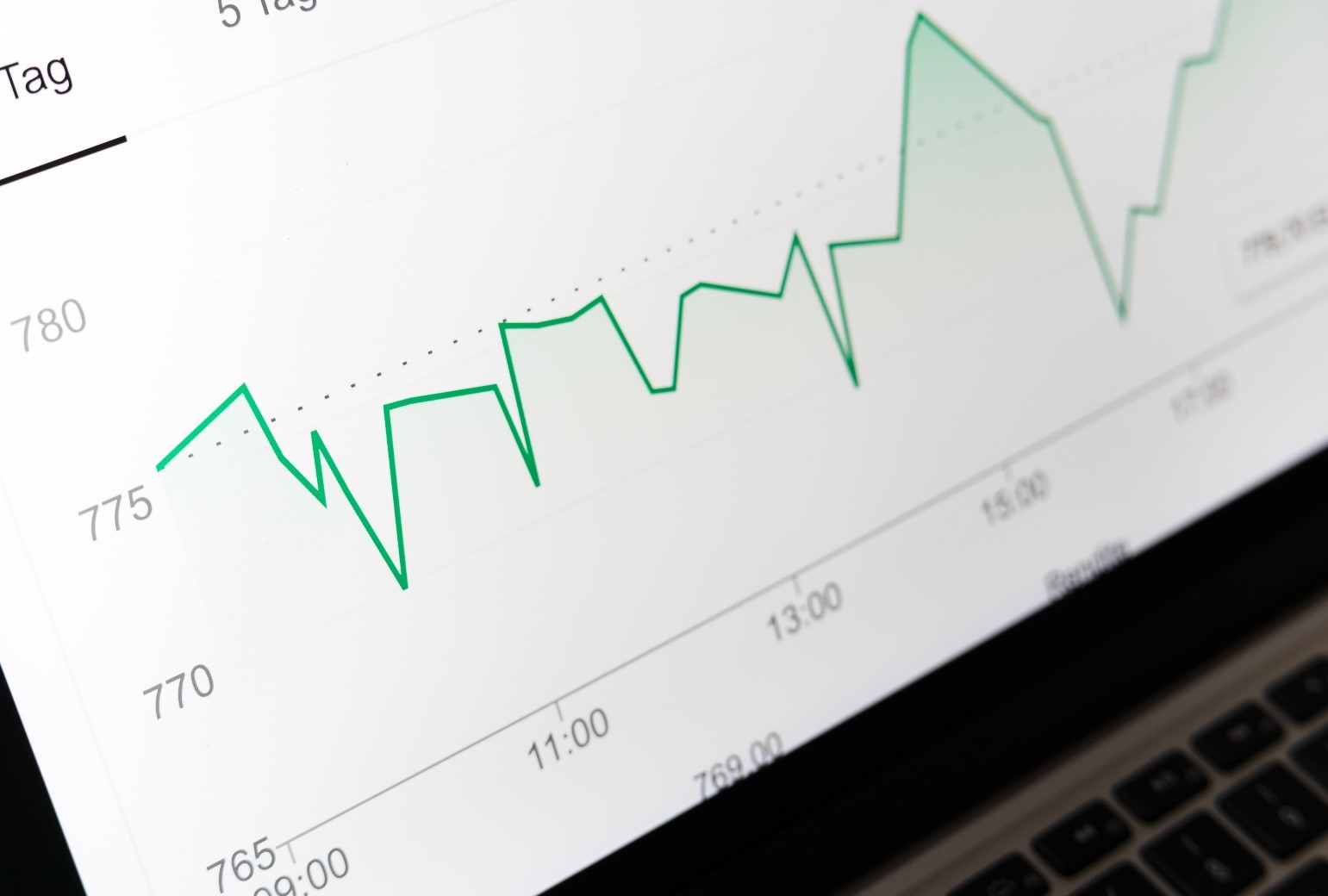Businesses generate tons of data on daily basis. These data can hold valuable insights into users, customers, and markets.
What is Data analysis?
Data analysis is a five-steps-process that plays a roles in the outcome of the process which is generating valuable insights.
The five steps are:
- Question Definition
- Data Collection
- Data Cleansing
- Data Analysis
- Data Visualization
Businesses generate tons of data on daily basis. These data can be very valuable to businesses in making them know more about their users, customers, and markets only if the business is able to unlock the benefit behind them.
-
1. Question Definition
The question definition is sometimes referred to as “The problem statement” which is defining the objective behind the process; why are you having this process form in the first place. So, you have to start by asking “what business problem(s) am I trying to solve?”
It’s important to clearly identify your problem because this will give you an idea about the metrics you need to be tracking.
Make sure that your questions are measurable, clear, and concise.
Now that you’ve decided on the problem that needs a solution, you should be able to determine the sources from which you’ll get your data.
-
2. Data Collection
With an objective clearly defined and sources set, it’s time for you to start collecting your data.
The approach of data collection differs depending on the required information.
A key part in data collection is to identify what type of data you need to collect:
- Quantitative (numeric) data e.g. sales
- Qualitative (descriptive) data e.g. customer reviews

-
3. Data Cleansing
The collected data is not always ready for analysis; they could sometimes be incomplete, incorrect, or even irrelevant. This is why Data Cleansing is an essential step; it ensures that you’re data analysis/scientist team is working with high quality data.
Data cleansing tasks could include:
- The removal of errors and duplicates
- The removal of unwanted data
-
4. Data Analysis
By finishing data cleansing, you’re now ready to start analyzing your data. The way you choose to analyze your data depends on your goal behind the process.
Mainly, there are 4 types of Data Analysis:
-
Descriptive Analysis:
Descriptive analysis explores raw data from multiple sources in order to provide insights into the past.
-
Diagnostic Analysis:
Diagnostic Analysis focuses on understanding why something has happened.
-
Predictive Analysis:
With the usage of Predictive Analysis, you can identify future trends based on historical data.
-
Prescriptive Analysis:
It helps you in making recommendations for the future.
-
-
5. Data Visualization
After finishing the analysis, it’s time to interpret your key findings. Data is usually visualized in the form of reports and/or (interactive) dashboards in order to make the communication of findings easier to understand.
Because, most of the time, your findings will be presented to decision makers who will use it to choose the best course of action, you have to make sure the communication of the analysis is in a clear, concise, and unambiguous way.
By following these 5 steps, you help your organization to make better decisions; because actions will always be backed up by data that has been carefully collected and analyzed.





